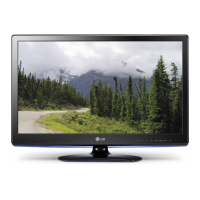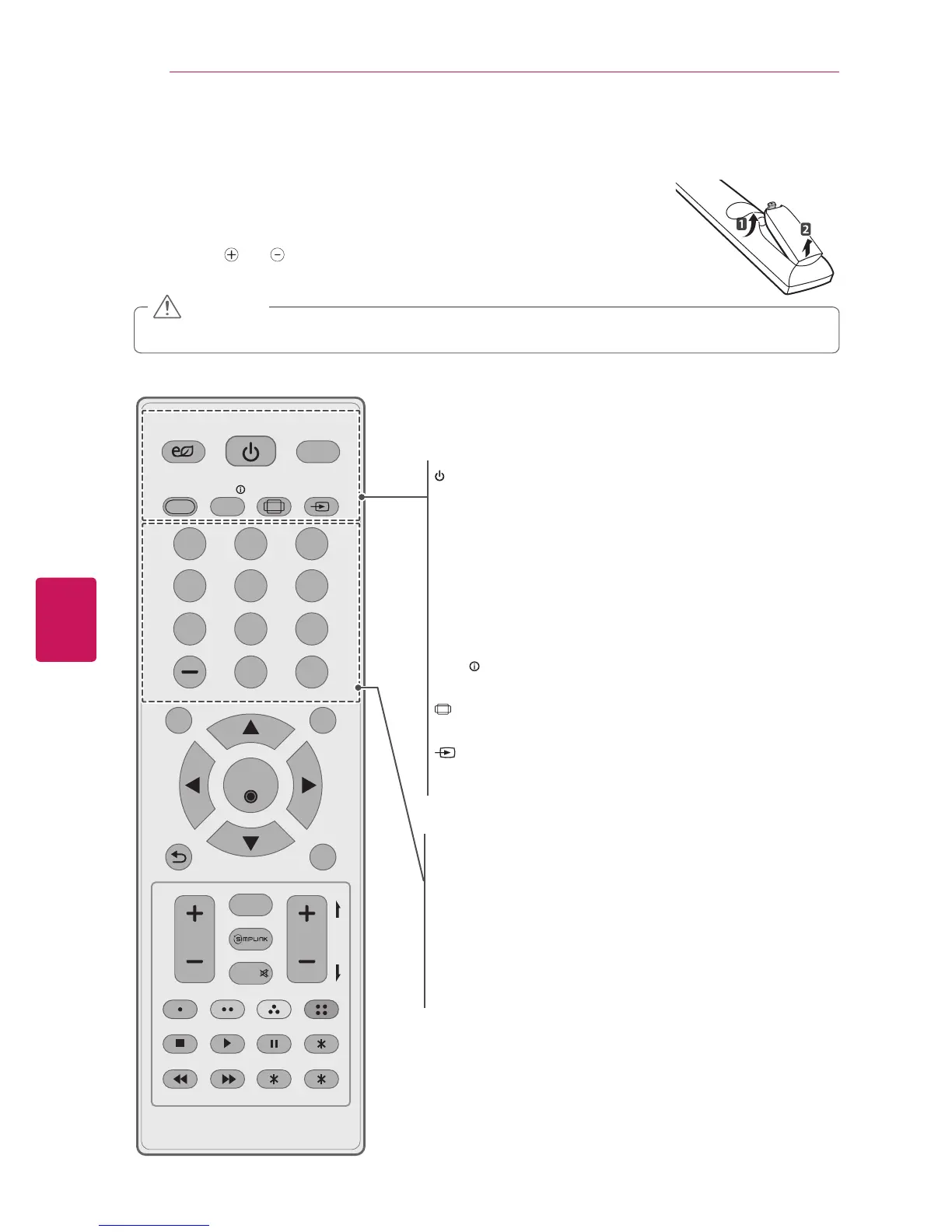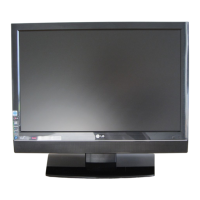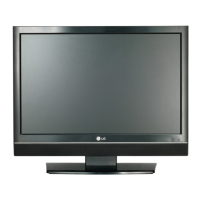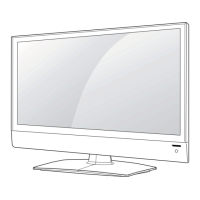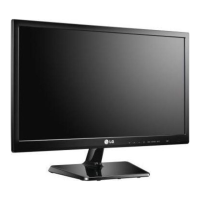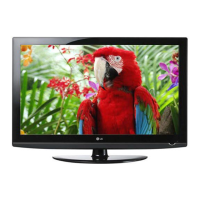ENGLISH
34
REMOTE CONTROL
REMOTE CONTROL
The descriptions in this manual are based on the buttons on the remote control.
Please read this manual carefully and use the TV correctly.
To replace batteries, open the battery cover, replace batteries (1.5 V AAA)
matching the and ends to the label inside the compartment, and close the
battery cover. To remove the batteries, perform the installation actions in reverse.
Do not mix old and new batteries, as this may damage the remote control.
CAUTION
Make sure to point the remote control toward at the remote control sensor on the TV.
POWER
Turns the TV on or off.
ENERGY SAVING
(See p.50)
Adjusts the brightness of the screen to reduce energy
consumption.
TV
Returns to the last TV channel.
AV MODE
(See p.41)
Selects an AV mode.
INFO
(See p.39)
Views the information of the current program and screen.
RATIO
(See p.40)
Resizes an image.
INPUT
(See p.41)
Rotates through inputs.
Also switches the TV on from standby.
Number button
Enters numbers.
LIST
(See p.38)
Accesses the saved channel list.
- (Dash)
Inserts a dash between numbers such as 2-1 and 2-2.
FLASHBK
Alternates between the two last channels selected (pressing
repeatedly).
